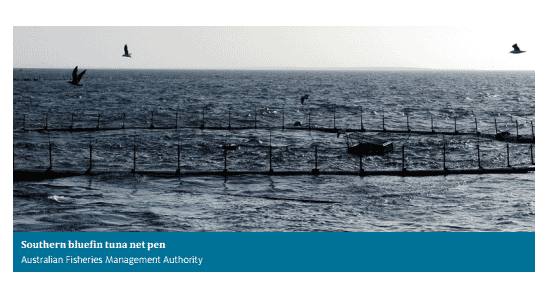AQUAPLAN 2014–2019 has five objectives:
- Improving regional and enterprise-level
- Strengthening emergency disease preparedness and response capability
- Enhancing surveillance and diagnostic services
- Improving availability of appropriate veterinary medicines
- Improving education, training and awareness
Each AQUAPLAN 2014–2019 objective is supported by activities to address specific aquatic animal health management issues associated with infectious diseases of finfish, molluscs and crustaceans. The plan covers aquatic animal health issues relevant to aquaculture, commercial fisheries, recreational fisheries, the ornamental fish industry, the tourism industry and the environment.
AQUAPLAN 2014–2019 excludes management of environmental toxins and microorganisms that may affect food safety (for example, algal blooms), chemical pollutants affecting the health of aquatic ecosystems, and invasive aquatic pests. Each chapter is focused on one of the five objectives. At the end of each chapter a table provides details about specific activities, the expected activity outcomes, organisations responsible for progressing each activity and the resource or financial implications.
Background
The Food and Agriculture Organization of the United Nations (FAO) predicts that the global demand for seafood will increase into the future. Per capita fish consumption is rising and fish protein now accounts for almost one fifth of all animal protein consumed by humans (Food and Agriculture Organization of the United Nations 2014). Capture fisheries will continue to provide a large proportion of the world’s seafood, but sustained growth in the aquaculture sector is necessary to meet anticipated future demands.
Infectious diseases are a significant threat to the profitability of Australia’s fisheries and aquaculture industries, particularly for emerging or expanding industry sectors. Aquaculture and fisheries enterprises may be epidemiologically linked through the movement of people, animals, equipment and water. Through these movements, aquatic animal disease risks may be shared and diseases spread within and between aquatic animal production facilities. Diseases can also be spread between wild aquatic animal populations and between wild and farmed animals through similar pathways.
Through potential impact on wild aquatic animals, aquatic animal diseases may also threaten Australia’s recreational fishing and aquatic tourism industries. AQUAPLAN 1998–2003 was Australia’s first national strategic plan for aquatic animal health. It represented a world first in cooperation between industry and government to develop a national strategic approach to managing aquatic animal health. AQUAPLAN 1998–2003 established many of Australia’s current aquatic animal health management systems and procedures.
AQUAPLAN 2005–2010 was developed to address further challenges identified following a review of AQUAPLAN 1998–2003. AQUAPLAN 2005–2010 made substantial progress in strengthening Australia’s aquatic animal health management systems and was particularly successful in focusing existing resources to agreed national strategic priorities. AQUAPLAN 2005-2010 concluded in June 2010; however, several of the projects initiated under the plan continued as a part of ongoing business.
The AQUAPLAN 2005–2010 review identified the ongoing need for a nationally coordinated approach to aquatic animal health management in Australia. It found that a strategic national approach involving industry and government would ensure resources are applied efficiently and effectively to protecting industry and the environment from aquatic animal disease threats while supporting market access and competitiveness. Industry and government considered the findings of the AQUAPLAN 2005–2010 review and agreed to develop AQUAPLAN 2014–2019.
November 2014





